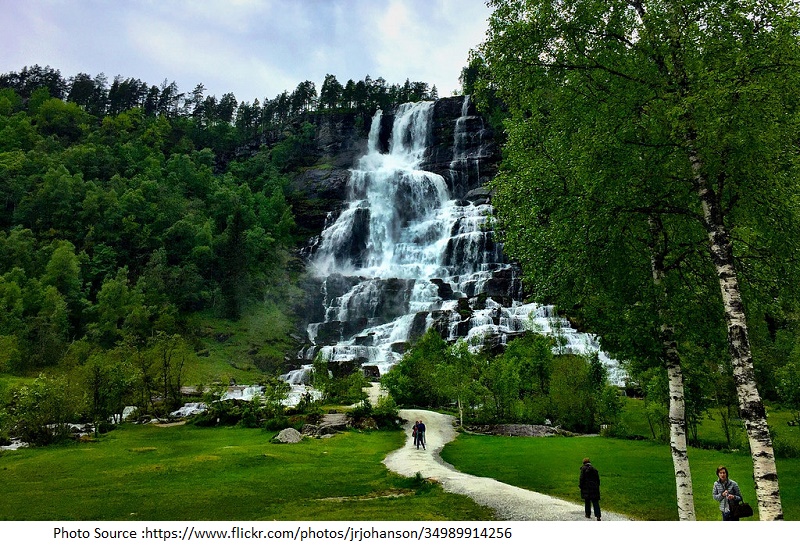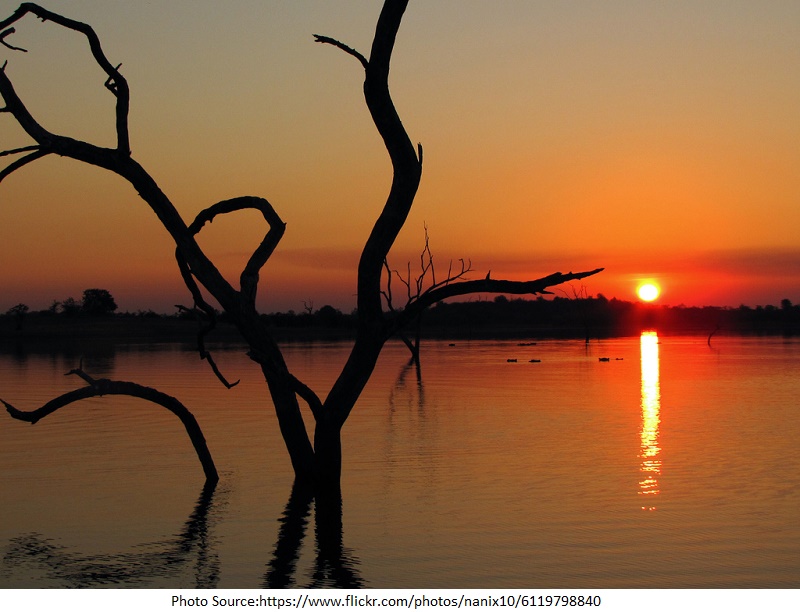
Hemis National Park is a treasure in itself. The animal species and the flora here is one of a kind. From the snow leopard to the high altitude alpine vegetation, everything is unique to see.
HIGH ALTITUDE NATIONAL PARK
Ladakh is a treat to the eyes, from the snow-capped mountains to the oldest monasteries, from high altitude lakes to the starry camp-nightlife. All of these are the attractions that every other person thinks of before paying a visit to Ladakh. But only a few know that Ladakh adds up a little more to the beauty. The high altitude national park in Hemis is home to the incredible wildlife of the snow region.
HEMIS NATIONAL PARK
Considered to be the largest protected national park, which is also the only National Park that is in the northern part of India which is in the Himalayas. Also, it is the second-largest contiguous protected area. Hemis National Park is bounded by the river Indus from the north and a part of the Zanskar range as well.
HISTORY OF HEMIS NATIONAL PARK
Hemis National Park is spread over 4,400 square kilometres of area in the northernmost region of Ladakh. Earlier, it was just 600 square kilometres in area, but gradually it grew and spread over and now is the largest National Park in South-Asia. The National Park got its name from the Hemis Gompa. Hemis Gompa is a famous Monastery which is 40 kilometres to the south-east of Leh. It was established in the year 1981, by protecting the Markha and Rumbak catchments. The purpose was to safeguard the snow leopards.
FAUNA OF HEMIS NATIONAL PARK
Apart from being home and safe shelter to the snow leopards, Hemis National Park is home to a number of endangered mammals and other species as well. The other species include- The great Tibetan Sheep- Argali, Ladakhi Urial- Shapu, and also Asiatic ibex which is in a small population.
The endangered species in Hemis includes the tibetan wolf, eurasian brown bear, the red fox, himalayan mouse hare and the marmot.
The Himalayan birds of prey residing in Hemis are- the golden eagle, himalayan griffon vulture, and lammergeier vulture.
The species here are not commonly found anywhere in India; the Rumbak Valley offers birdwatching for the visitors here. The birds present around here are- black-winged snow finch, chukar, Blyth’s swift, robin accentor, etc. There are around 16 mammal species and 73 bird species found in Hemis so far.
FLORA OF HEMIS NATIONAL PARK
The high altitudes of Hemis are suitable for alpine vegetation. This area of the Himalayas does not receive much precipitation, hence, the dry forests. It was found in a study that there are around 15 endangered medicinal plants residing in Hemis.
WHY SHOULD ONE VISIT HEMIS NATIONAL PARK?
The answer to the question is that the place, Ladakh, is a heaven in itself and why should one not experience the flora and fauna of the paradise. The national parks in India have their unique importance, but this one is a special one due to its atmosphere, the animals that are one of a kind and could not be spotted anywhere around in India. The place gives chills to the visitors and once visited, one cannot get the beauty of the place off his or her eyes.
The high altitudes provide an enchanting view of the place.
WHEN TO VISIT?
The best time to visit the Hemis National Park is during the time period between May to September. If someone is visiting the place during summer, then he could witness the Hemis festival conducted in Hemis Monastery. After October, the roads are mostly closed due to winters and heavy snowfall.
HOW TO REACH?
The nearest airport is the Leh airport from Hemis and buses are available which could take you from Leh to Hemis. But if you are feeling adventurous, then you can go trek from Spituk village and pass-through Markha and Zingchen valleys to reach Hemis.
The experience in Hemis is one of a kind. What the eyes see here can never be explained in words. The visit to the National Park is a must.



